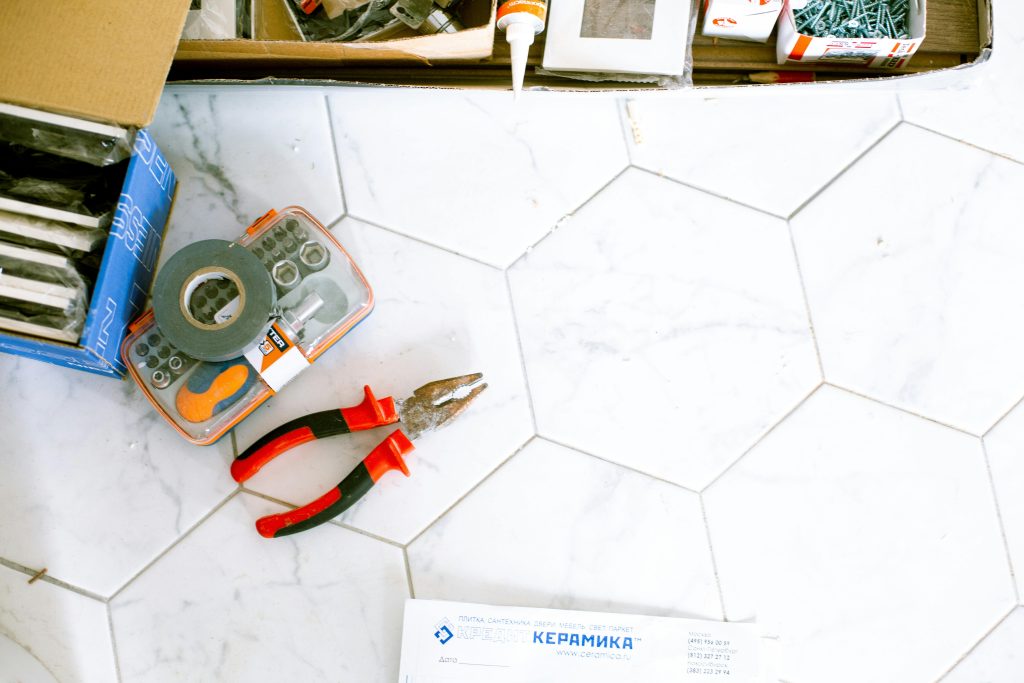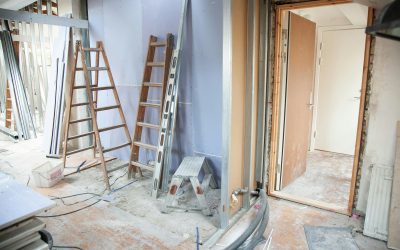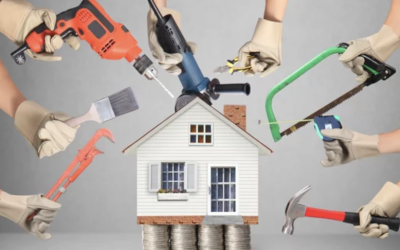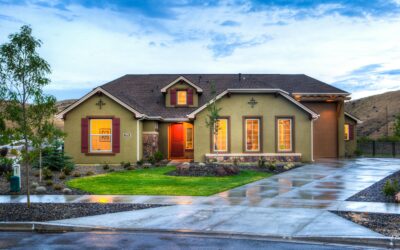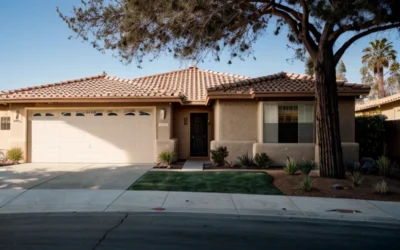Government Assistance for Home Improvement Grants
Securing a home improvement grant can be a daunting task, especially when it comes to necessary renovations to make your home safer or more accessible. Fortunately, various grants can provide financial aid without the burden of repayment. These grants, often sourced from federal or state agencies, come with strict eligibility requirements. This guide explores the types of home improvement grants available, their eligibility criteria, and how to apply.
Home repair grants are essentially financial aid that recipients do not have to repay, provided they meet specific requirements. These grants are typically aimed at addressing health and safety hazards in a home, not for cosmetic improvements. Understanding the different types of grants available and their criteria is crucial in securing the necessary funds for your home improvement projects.
Understanding Home Improvement Grants
A home improvement grant is a form of financial aid issued by various levels of government and organizations. Unlike loans, grants do not need to be repaid. These funds are intended for specific types of home improvements that enhance safety, health, and accessibility. Grants cannot be used for cosmetic upgrades; instead, they must be used to address issues that make the home unsafe or difficult to live in for certain populations.
Due to the nature of these funds being sourced from tax revenues, they come with stringent rules and auditing procedures. Additionally, the competitive nature of these grants means that even if you qualify, there is no guarantee of receiving the funds. Therefore, applying as early as possible can increase your chances of approval.
Types of Home Improvement Grants
Various programs offer home improvement grants, each with its own set of requirements and benefits. Here are some of the prominent ones:
The Home Investment Partnerships Program (HOME): Administered by the Department of Housing and Urban Development (HUD), this program provides grants to state and local governments. These funds are then distributed to individuals to create affordable housing options. Eligibility typically includes meeting income limits set by HUD. More details can be found on the HUD website.
Section 504 Home Repair Program: This program offers loans and grants to low-income and elderly homeowners to cover the costs of repairing or modernizing their homes. To qualify, you must be a homeowner living in the home, meet income requirements, and be unable to secure affordable funding elsewhere. For grants, applicants must be at least 62 years old. Learn more about this program on the USDA website.
Native American Housing Improvement Program: This initiative provides up to $60,000 for repairs or renovations to bring properties up to code. Eligible applicants must be members of a federally recognized American Indian tribe or Alaska Native, living in an approved tribal service area, and meet income guidelines. The Bureau of Indian Affairs website provides more information.
Area Agency On Aging: This program, managed by state governments, assists senior citizens in making their homes more livable. The requirements and availability of funds vary by state and county. To find local programs, visit the Eldercare Locator.
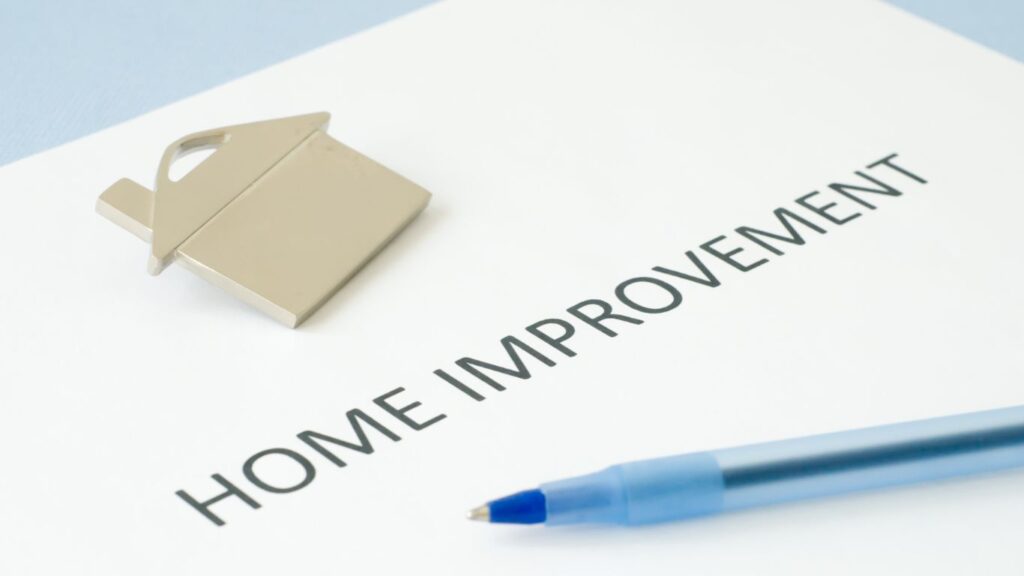
Home Improvement Grants for Veterans
Veterans can access specific grants designed to cater to their unique needs, especially those with service-connected disabilities:
VA Specially Adapted Housing (SAH) Grant: This grant helps veterans with severe service-related disabilities to build, remodel, or purchase an adapted home. For 2024, the maximum funding available is $117,014. Eligibility is based on having a service-related disability. Detailed information is available on the VA website.
VA Special Home Adaptation (SHA) Grant: This grant provides up to $23,444 in 2024 for veterans to buy, build, or adapt a home to meet their needs. It is designed for those with service-related disabilities that necessitate home modifications. The VA website offers additional details.
VA Temporary Residence Adaptation (TRA) Grant: For veterans temporarily living in a family member’s home needing modifications, the TRA grant can provide necessary funds. To qualify, veterans must be eligible for the SAH or SHA grant and temporarily residing in a family member’s home. More information is available on the VA website.
Applying for Home Improvement Grants
The process of applying for home improvement grants typically involves contacting local HUD offices or visiting their websites. HUD can provide information on available grants in your area. The National Residential Improvement Association (NRIA) is another valuable resource for finding grants. They offer a questionnaire to help determine eligibility for various financial aid options.
Researching local grant opportunities can uncover additional funding sources. Each grant will outline its application process, including required documentation. Common requirements include proof of household income, documentation of disabilities, membership in recognized tribes, or proof of assets and employment.
Qualifying for Home Improvement Grants
Eligibility for home improvement grants varies by program but often includes strict criteria. For example, HUD’s HOME Program requires the home’s purchase price or after-rehabilitation value to not exceed 95% of the median purchase price in the area. Income limits are also determined by HUD.
The VA TRA Grant requires home ownership and a qualifying service-related disability. Qualifying disabilities include severe burns, loss of vision, or loss of limbs. Each year, only a limited number of veterans can receive this grant based on criteria established after September 11, 2001.
To determine eligibility, review the specific guidelines for the grant you are interested in.
Alternatives to Home Improvement Grants
If you do not qualify for home improvement grants but still need financial assistance, consider these alternatives:
Low-Cost Loans: Organizations like the USDA and HUD offer affordable loans to low-income homeowners. Unlike grants, these loans must be repaid over time.
Tax Credits: Some home improvement costs can be deducted as tax credits when selling your home or for home office repairs. These deductions are not typically available for personal expenses.
Cash-Out Refinance: This option allows you to convert home equity into cash for improvements. Interest on these loans can be tax-deductible if used for capital home improvement. However, this increases your mortgage balance and potentially extends your loan term. Learn more about refinancing options on the Consumer Financial Protection Bureau website.
Weatherization Assistance Programs: Administered by the U.S. Department of Energy (DOE), these grants help low-income households improve their home’s energy efficiency. State and local governments distribute the funds. Households at or below 200% of the poverty income guidelines or receiving Supplemental Security Income may qualify. Contact your state weatherization agency via the DOE website for more details.
Securing a home improvement grant requires understanding the available programs, their eligibility requirements, and the application process. By exploring these options and preparing necessary documentation, you can find the financial support needed to make essential repairs and improvements to your home.
